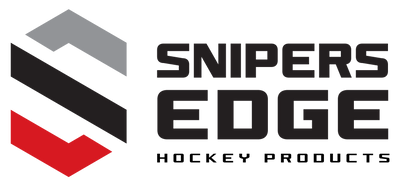Answers About Off-Season Hockey Training
As the game of hockey has evolved so too have the seasons of the game. Today’s players are not only invested heavily in the game during the winter and the ‘traditional’ season, but also the second season – the summer months. To what degree a player spends time working on their game during the ‘second’ or ‘off-season’ should be driven by their individual motivation, and if they have it, there are plenty of options available.
When it comes to scheduling your hockey training into your summer months, there are many factors to consider including playing other sports, summer vacations and just enjoying being a kid and hanging out with friends at the beach. The competitiveness of the game and the talented players who work throughout the summer on their development however, have set the standard for what it takes to get to the next level of play and maximize your potential. But what does that really mean when it boils down to development and all of the training choices?
A wise coach once posed the question about development, and especially during the summer months, of playing a full schedule of games versus practicing fundamental skills and working on stride, shooting and passing. This coach would say that in many situations players are investing three or four hours in a game for only a few minutes of true skill development. What he meant was by the time a player drives to the game, arrives 30 minutes early, plays the game, changes and gets home, it’s a three or four hour investment. Puck possession studies show that during an average youth game a player touches the puck somewhere around 50 seconds.
When you consider your summer development and hockey training, ask yourself what you are hoping to accomplish this summer. In fact write down your goals for the summer. Are you trying to develop a better and more accurate shot? Are you working on your passing skills? Do you need to master the skill of stickhandling? And speaking of stickhandling, check out this great 'trick' video from our friends at Online Hockey Training!
How and where you train should be determined not by an invitation from a certain team or program, but by considering what areas of your game need improvement, and what is the most effective and efficient method of achieving the desired results. Imagine the benefit of stickhandling, passing and shooting in the garage or basement for several hours versus playing in a game. Multiply that over the days in the summer and your path to success becomes pretty clear.
Individual training takes determination and dedication, which we covered in a recent blog. It requires players to aim high and take personal accountability to say that every day training at home is an important day. A mindset that each practice shot and practice pass is one more step towards developing that great slap shot or learning better stickhandling to get around the defenseman next time the game is on the line.
While there certainly can be value in playing some games throughout the summer months, when you factor in the commitment, time and development value, individual training can be a clear path to taking your game to the next level.
And best of all, you maintain the flexibility to vacation, play at the lake, hang out with friends at the beach and best of all, prepare to hit next season with even better skills than the last.
Remember, always work hard and dream bigger than everyone else!







